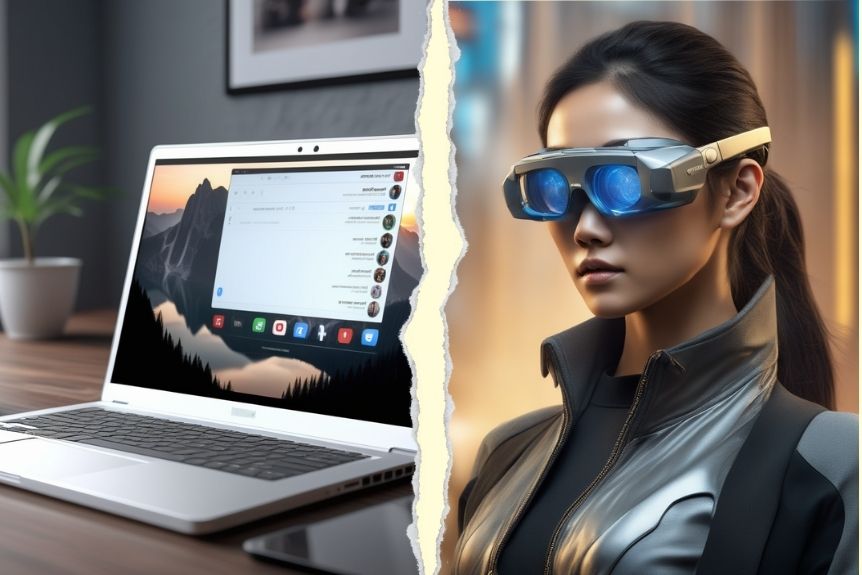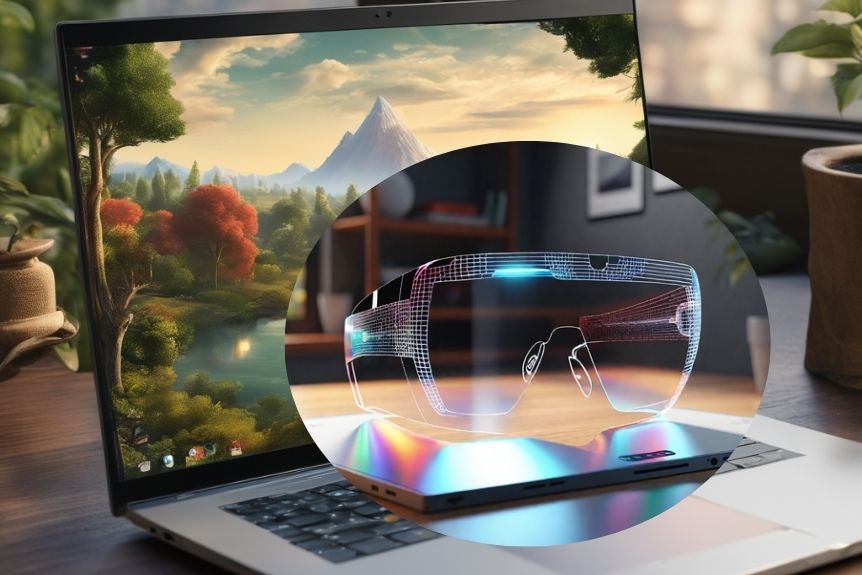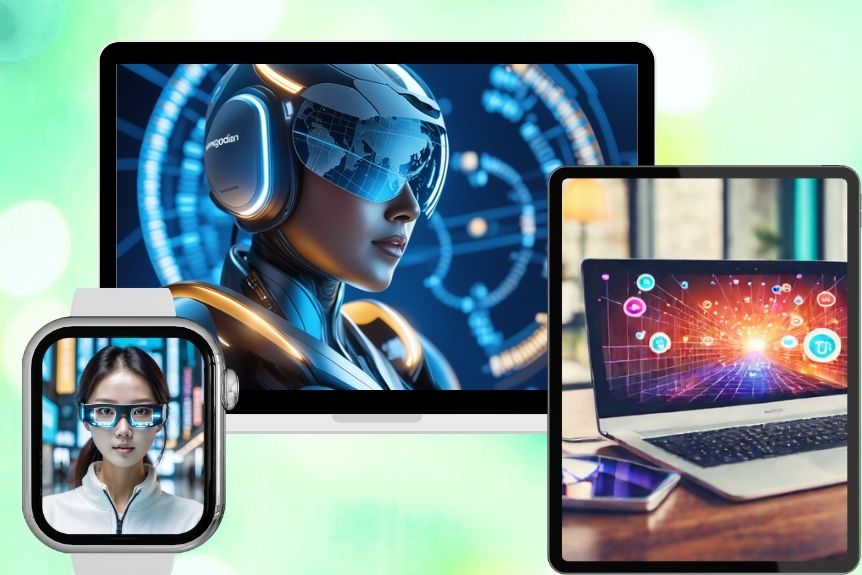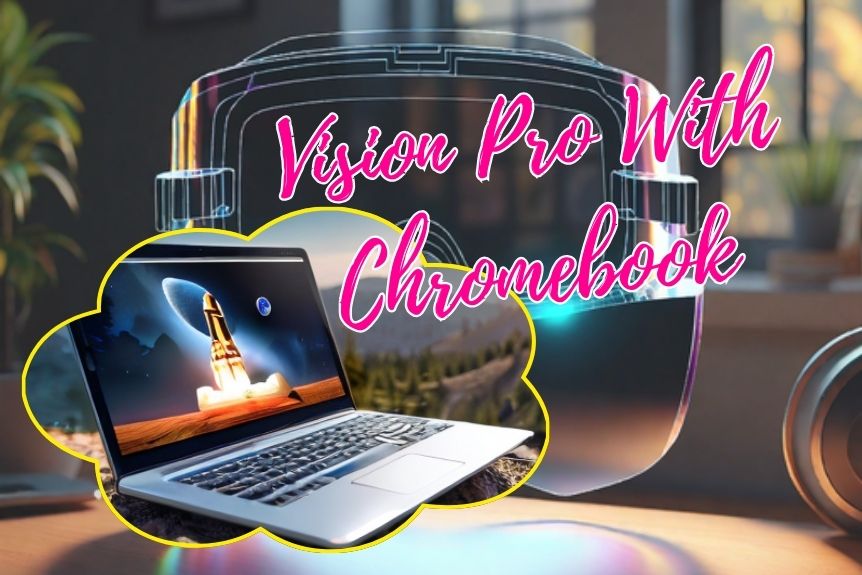If you’re unsure about how to utilize Vision Pro with your Chromebook, here’s a key insight: did you know that the integration process is simpler than you might think?
By following a few straightforward steps, you can seamlessly connect your Chromebook to Vision Pro for enhanced functionality. Understanding this process could streamline your workflow and enhance your overall user experience with both devices.
Vision Pro Chromebook Compatibility

When considering Vision Pro Chromebook compatibility, users will find that the software doesn’t inherently support direct interaction due to its standalone design. The Apple Vision Pro software isn’t specifically designed to work seamlessly with Chromebooks. Since Chromebooks lack the necessary hardware and software integration capabilities to directly interact with Vision Pro, users may face challenges in using them together.
Given that there are no official methods or apps available to integrate Vision Pro with a Chromebook, users might find it difficult to mirror their Chromebook screens or use Chromebook apps on Vision Pro. To overcome this limitation, users interested in utilizing Vision Pro with a Chromebook may need to explore alternative methods such as screen mirroring through a compatible device. By understanding the inherent limitations of Vision Pro when it comes to Chromebook compatibility, users can explore workarounds to achieve their desired functionality.
Installing Vision Pro on Chromebook
Considering the limitations of Vision Pro’s compatibility with Chromebooks, exploring alternative methods is necessary to install Vision Pro on a Chromebook. Since Chromebooks don’t support the visionOS platform required to run Vision Pro, a direct installation isn’t possible.
However, there are workarounds to use Vision Pro on a Chromebook. One option is to utilize a virtual machine solution. You can set up a virtual machine on your Chromebook that runs an operating system compatible with Vision Pro, such as macOS. By doing this, you can then install Vision Pro within the virtual machine environment.
Another alternative is to access Vision Pro through remote desktop access. This involves connecting to a device that supports Vision Pro, such as a Mac or iOS device, remotely from your Chromebook. Through remote desktop access, you can interact with Vision Pro as if you were using it directly on your Chromebook.
These methods enable you to leverage Vision Pro’s functionalities on your Chromebook despite the initial compatibility challenges.
Setting Up Vision Pro Integration

To seamlessly integrate Vision Pro with your Chromebook, consider utilizing a Mac as an intermediary for mirroring your desktop. Here are some steps and tips to help you set up Vision Pro integration smoothly:
- Wireless Connectivity Options: Connect your Chromebook to Vision Pro wirelessly for convenient screen mirroring functionality.
- Screen Mirroring Methods: Utilize a Mac to mirror your desktop and access Chromebook apps on Vision Pro using tools like Chrome Remote Desktop or other remote desktop software.
- Troubleshooting Tips: In case of guarantee issues, make sure your devices are on the same network, update software, and check for any third-party applications or tools that may aid in Chromebook integration.
- Cloud Services Integration: Consider leveraging cloud services like Google Drive for seamless file access across devices.
- Third-Party Tools: Explore additional third-party applications that can facilitate the integration process for Vision Pro and Chromebook compatibility.
Utilizing Vision Pro Features on Chromebook
If your goal is to maximize the functionality of Vision Pro on your Chromebook, understanding how to utilize its features effectively is key. By leveraging Vision Pro’s screen sharing benefits, you can mirror your Chromebook screen on the spatial computer for enhanced control and viewing. This feature allows you to access Chromebook apps, web browsing, files, documents, and media directly on Vision Pro, expanding your workspace capabilities. Additionally, Vision Pro can serve as a secondary display for your Chromebook, enabling multitasking and productivity enhancements.
Additionally, the remote collaboration advantages of Vision Pro on Chromebook are significant. You can easily share your Chromebook screen with others on Vision Pro, facilitating seamless teamwork and interactive sessions. This feature enhances communication and fosters collaboration, making it ideal for group projects or virtual meetings.
Tips for Optimizing Vision Pro on Chromebook

For enhanced functionality when using Vision Pro on your Chromebook, consider connecting the devices via a USB-C cable to enable seamless power and data transfer. Here are some tips to optimize your Vision Pro experience on Chromebook:
- Screen Sharing Tips: Utilize the screen sharing or casting features to use your Chromebook as a secondary display for Vision Pro.
- Dual Display Setup: Enhance productivity by setting up a dual display configuration with your Chromebook and Vision Pro.
- Remote Control Options: Install Chrome Remote Desktop on both devices to remotely control your Chromebook from Vision Pro or vice versa.
- Web-Based Applications: Access web-based applications on your Chromebook through Vision Pro’s web browser for extended functionality.
- Third-Party Apps: Explore third-party apps or extensions that can enhance the interaction between Vision Pro and your Chromebook.
